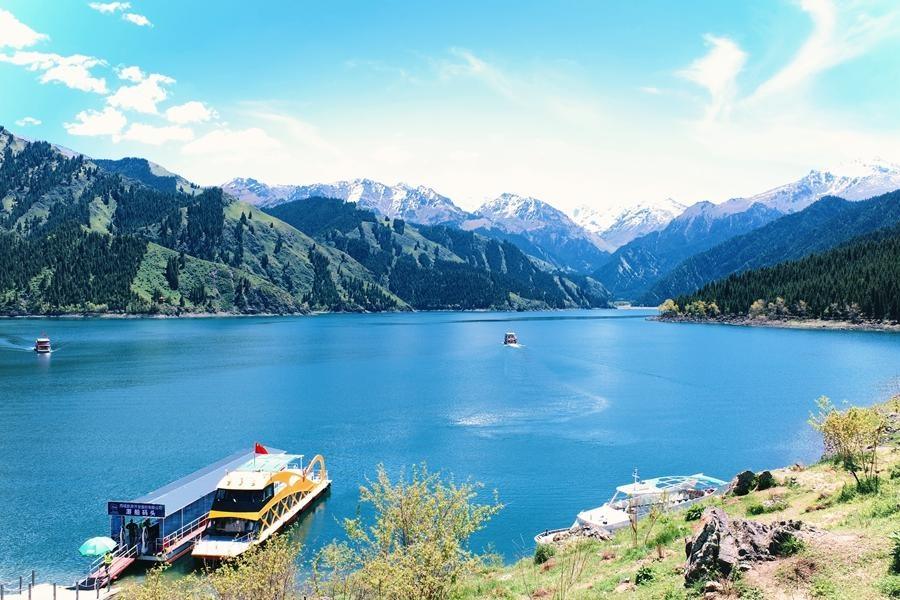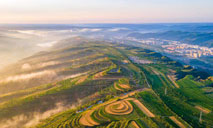Italy's research council dedicates latest Science Almanac issue to China's technology
ROME, July 14 (Xinhua) -- Italy's National Research Council (CNR) dedicated the latest issue of its bi-monthly Science Almanac to China, examining China's exceptional development and innovation in science and technology.
The science magazine, published online Wednesday, has collected articles that observe China's technology development in various fields such as environmental sustainability, high-tech sector and the space.
In an interview with the science magazine, Antonello Pasini from the CNR's Institute on Air Pollution said that sensitivity to ecological issues is growing in China, in terms of both popular sentiment and political leadership.
"Today, approximately 50 percent of photovoltaic panels available worldwide are produced in China," said Pasini, adding that China's direction in terms of environmental issues has changed significantly over the past 15 years.
With regard to the high-tech sector, "China is among the global leaders in quantum technologies," researcher Augusto Smerzi from the CNR's National Institute of Optics told the Almanac.
China today is among the biggest investors in scientific and computer research in sectors where quantum technology is the most advanced outpost, according to the Almanac.
Since sending its first astronaut into orbit in 2003, China has achieved a series of extraordinary successes, said the science magazine, listing China's achievements in space exploration these years, including its first space walk in 2008 and the successful landing of a rover on Mars earlier this year.
"Keeping in mind that a new family of launchers with more powerful and less toxic propellants is slowly replacing the old ones, and that in terms of components China has almost everything it needs," the magazine wrote.
The Almanac also highlighted more and more cooperation between China and Italy in the field of science in an editorial, saying that "China is coming closer ... and relations between Italian and Chinese researchers are closer as well, as confirmed by joint geological research along the new Silk Road as well as collaboration on cultural heritage projects."
In an article titled "The CNR on the New Silk Road," researcher Alessandro Pasuto from the CNR's Research Institute for Hydrogeological Protection said that the Belt and Road Initiative (BRI) offers a significant opportunity for scientists who study landslides and earthquakes.
"We're talking about vast areas that include the Himalayan and the Karakoram mountain ranges, which are among the most tectonically active areas on the planet," said Pasuto, who is also the co-scientific head of the Sino-Italian Joint Laboratory on Geological and Hydrological Hazards, a joint lab set up in cooperation between the CNR and the Chinese Academy of Sciences.
Photos
Related Stories
Copyright © 2021 People's Daily Online. All Rights Reserved.










